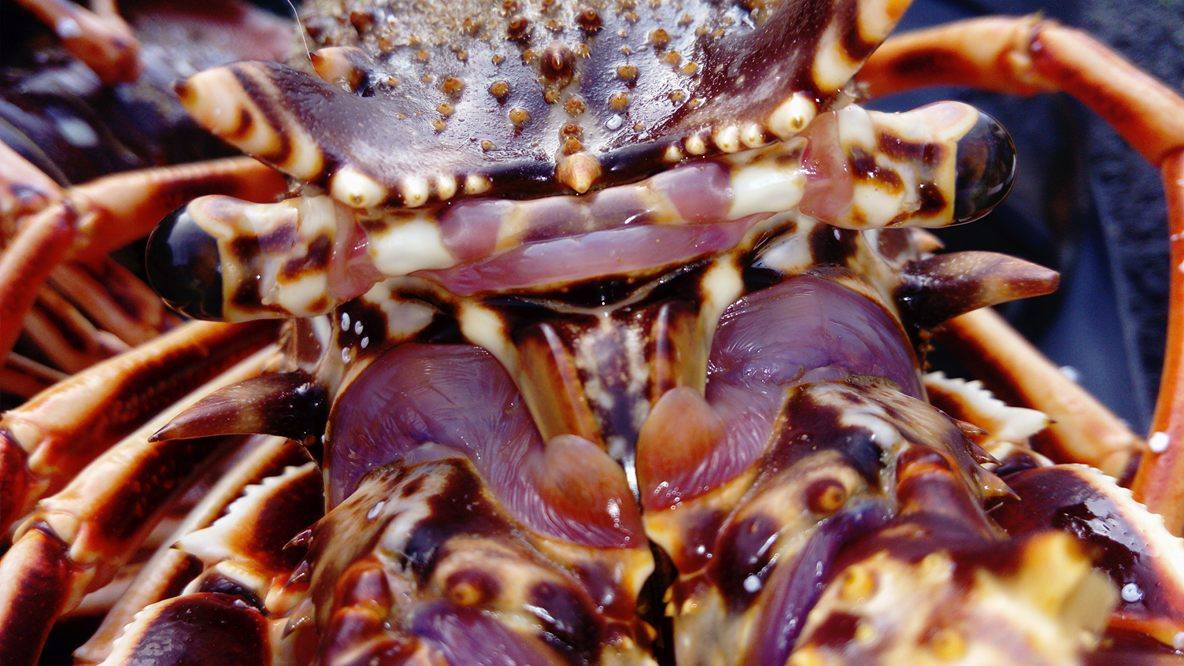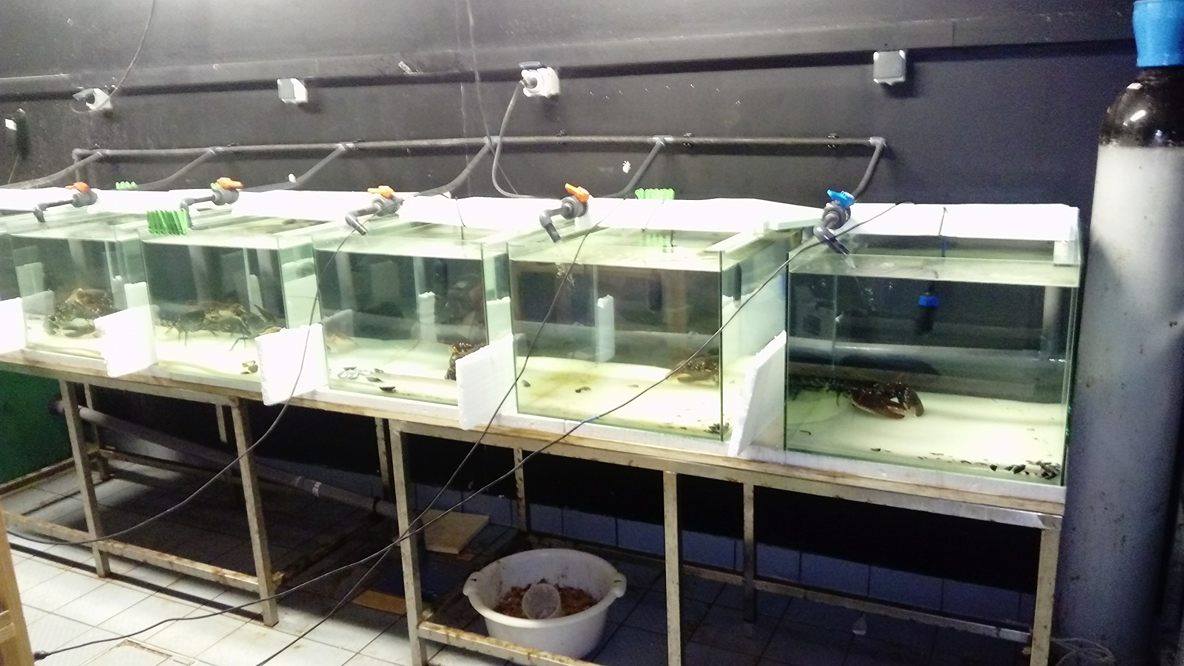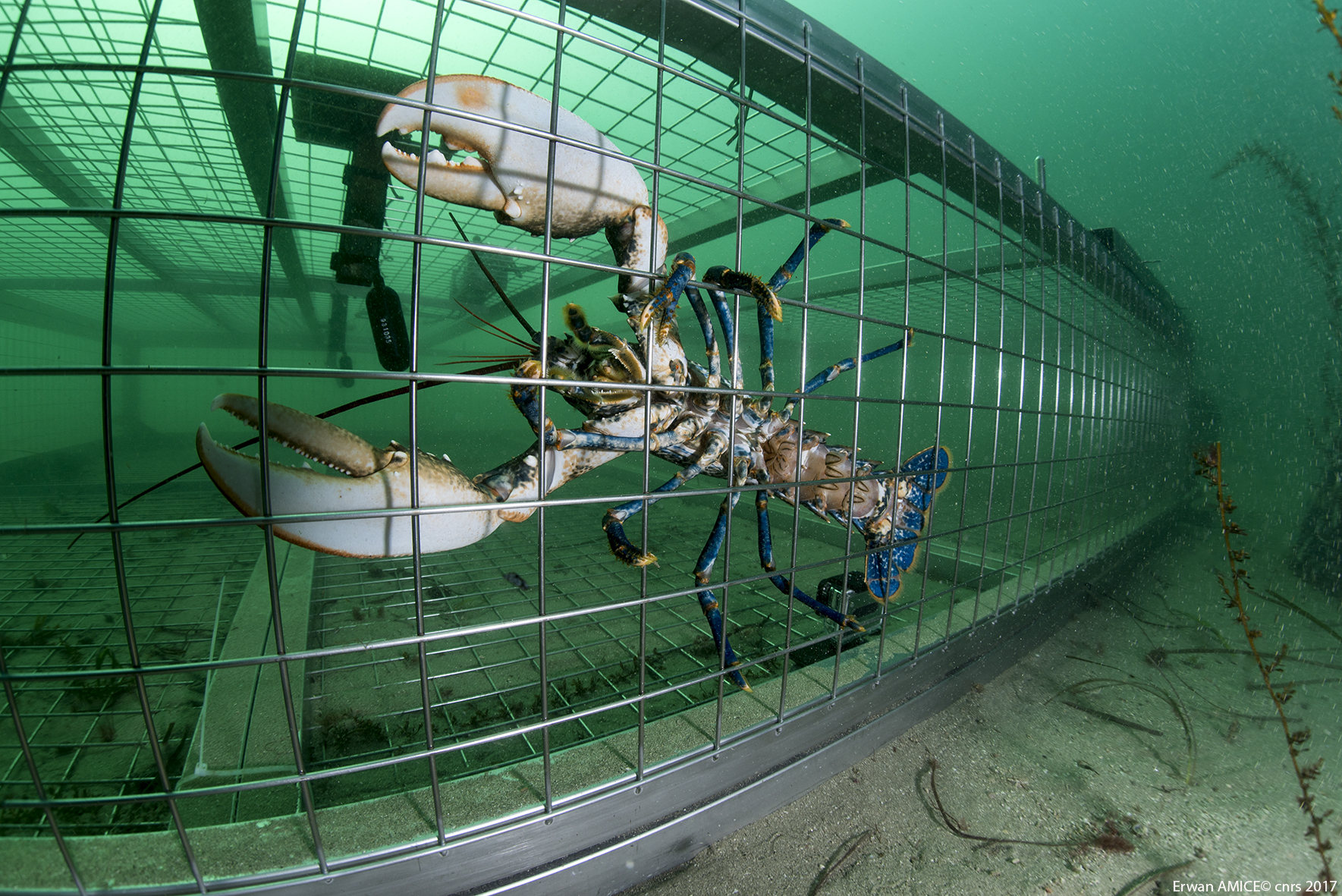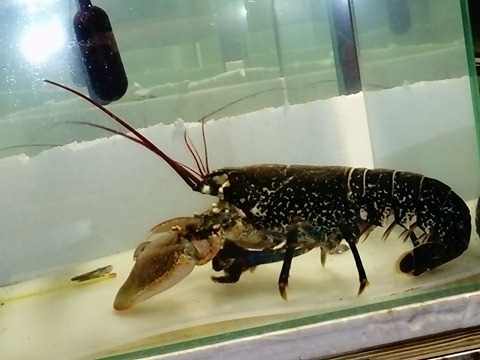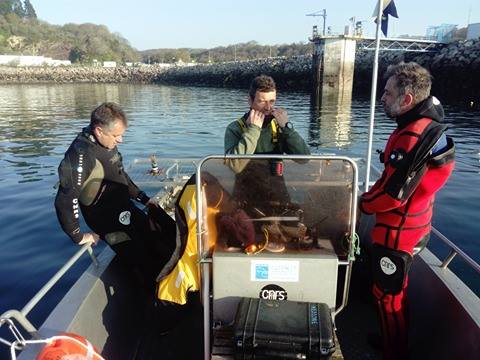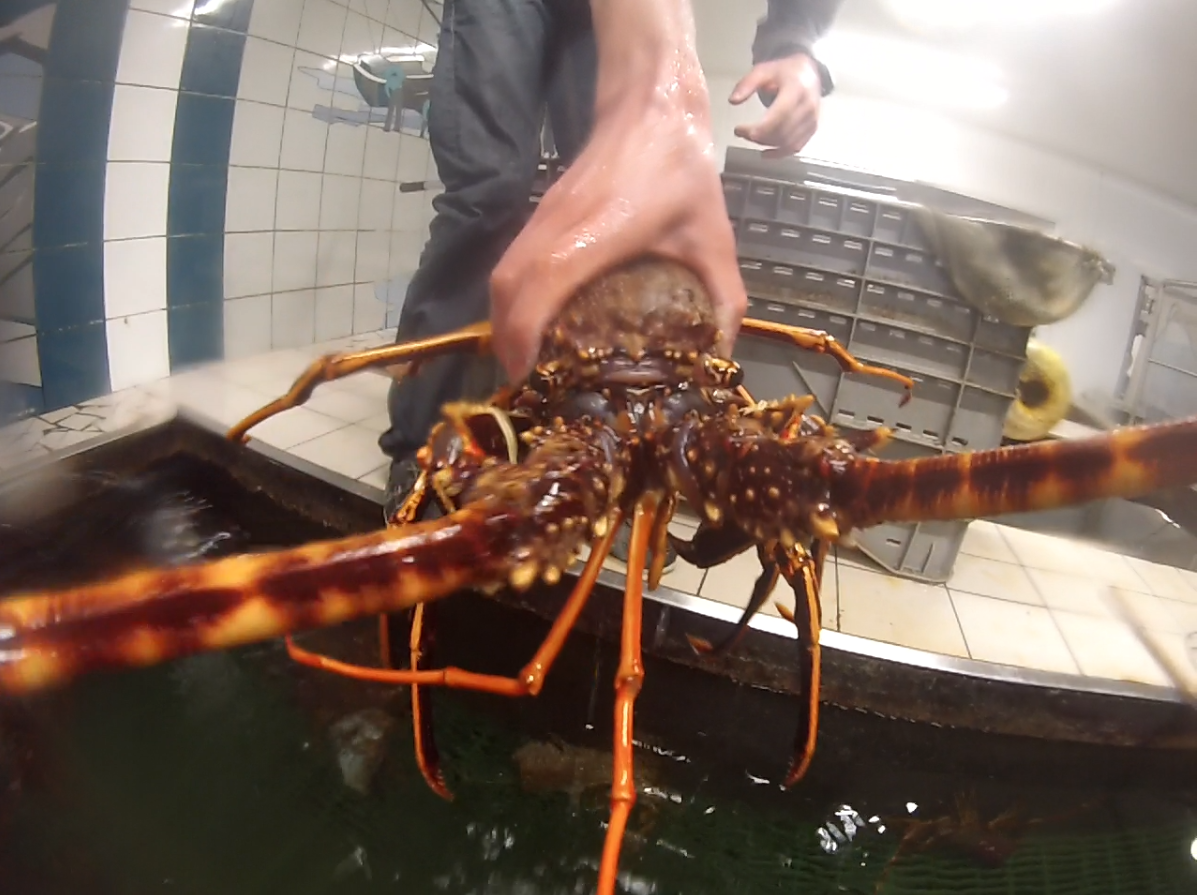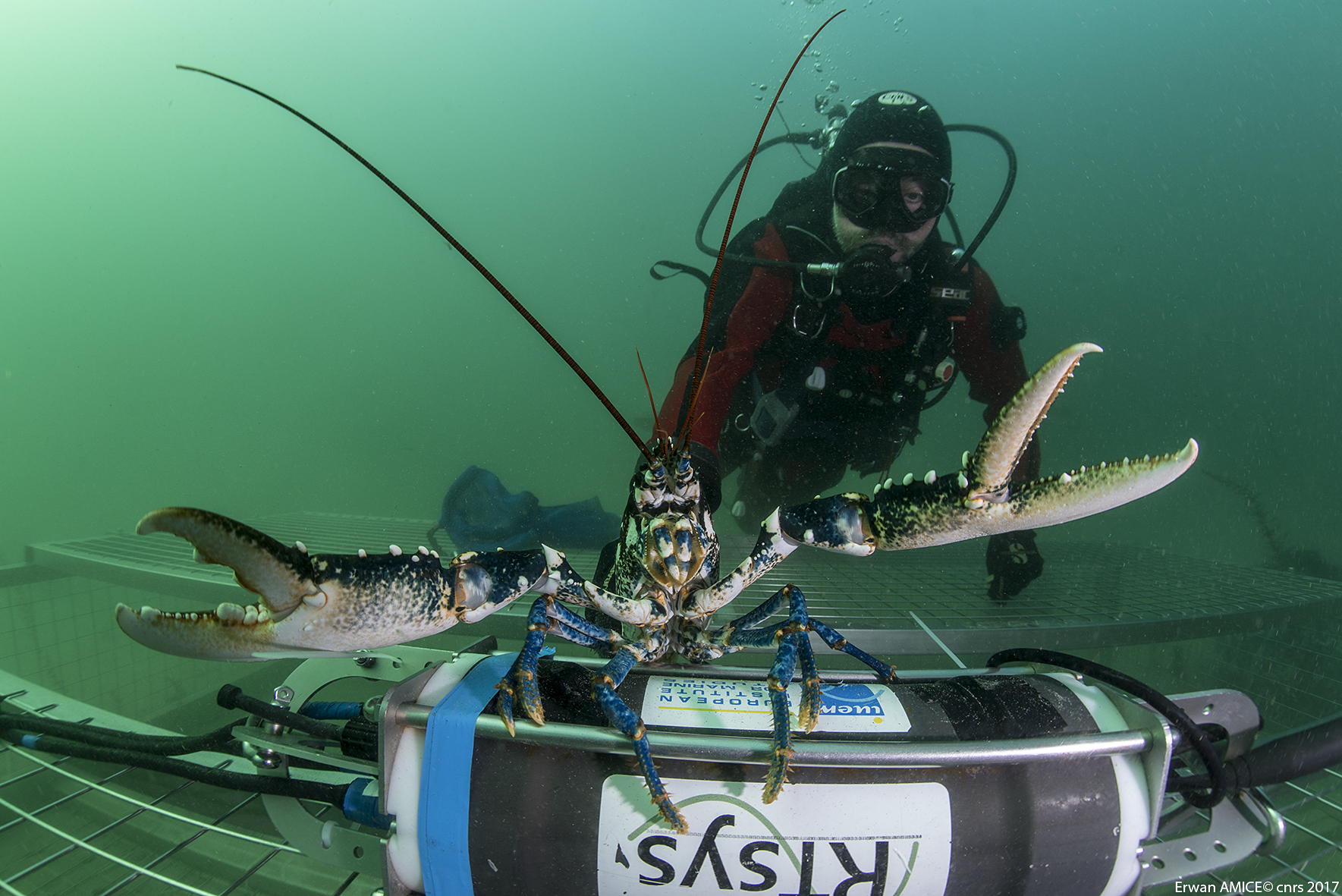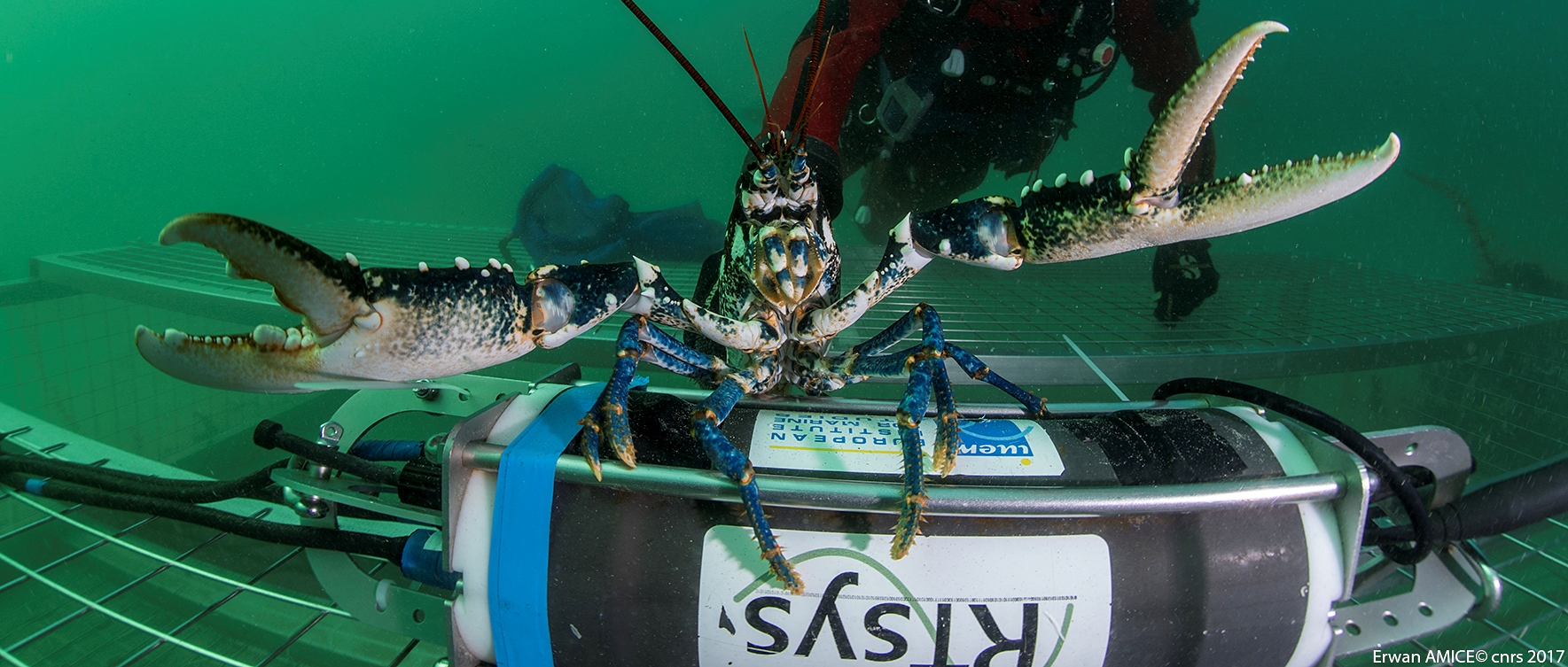
Primary contact / Principal Investigator

Laurent Chauvaud
CNRS
Contact, France
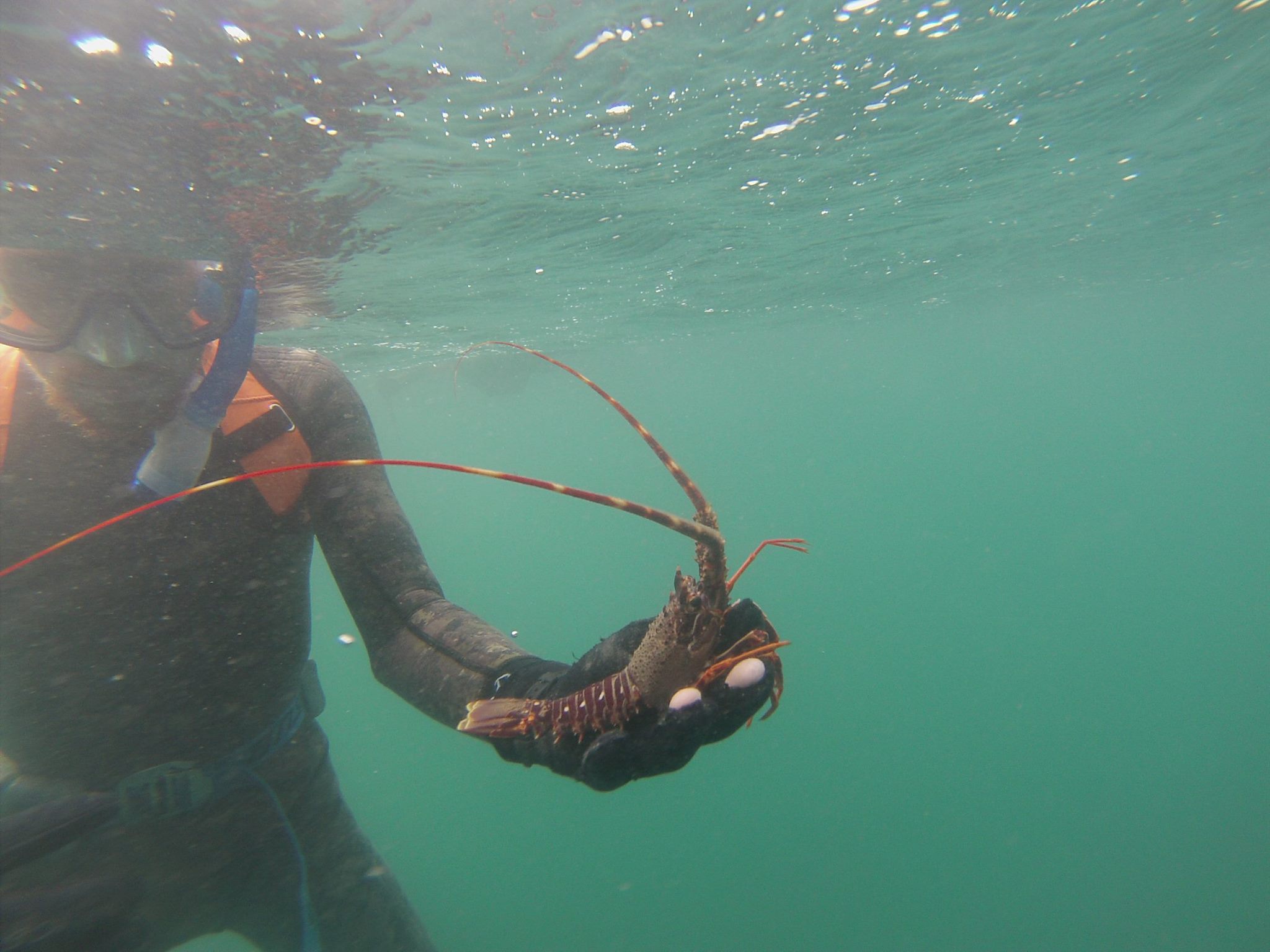
Youenn Jézéquel
Thèse EDSM ; LEMAR-PNBI
Contact, Quebec

Réjean Tremblay
UQAR
TITLE : Acoustic behaviour of large crustaceans in Brittany
Recent studies have shown the great diversity of sounds emitted by temperate invertebrates (Laura Coquereau's thesis, 2016). However, there is little information on the potential role of these sounds in the behaviour of large crustaceans, and some of which are of commercial interest in France.
We propose to study the acoustic behaviour of four species of crustaceans in Brittany by passive acoustics: European lobster Homarus gammarus, red spiny lobster Palinurus elephas, sea spider Maja brachydachtyla and brown crab Cancer pagurus. The experiments will take place both in tanks at Océanopolis, and in the marine environment. In order to validate the acoustic signatures received, other techniques may be used, such as accelerometry and video.
We also want to use active acoustics to study the reaction of these crustaceans to various types of sounds of biological and anthropic origin. Finally, acoustic markers placed on individuals could inform us about their movements in the field, for example on certain species that carry out genetic migrations such as the sea spider in Brittany coasts.
Thanks to our collaboration with the UQAR laboratory within the BeBEST project, we wish to extend this project in Saint Pierre and Miquelon to study the acoustic behaviour of the American lobster Homarus americanus and compare it with the European lobster.
One of the final goals of this project could be the creation of new useful indicators for multiple applications such as the detection or estimation of population densities or the monitoring of marine ecosystems.
This project is the thesis subject of Youenn Jézéquel
Sources of funding: 100% UBO
De récentes études ont montré la grande diversité des sons émis par les invertébrés tempérés (Thèse de Laura Coquereau, 2016). Cependant il existe peu d'informations sur le rôle potentiel de ces sons dans le comportement des grands crustacés, dont certains sont d'intérêts commerciaux en France.
Nous proposons ainsi d'étudier le comportement acoustique de quatre espèces de crustacés en Bretagne par acoustique passive : le homard Européen Homarus gammarus, la langouste rouge Palinurus elephas, l'araignée de mer Maja brachydachtyla et le tourteau Cancer pagurus. Les expérimentations auront lieu à la fois en aquarium à Océanopolis, et dans le milieu marin. Afin de valider les signatures acoustiques reçues, d'autres techniques pourront être utilisées, notamment l'accélérométrie et la vidéo.
Nous désirons également utiliser l'acoustique active afin d'étudier la réaction de ces crustacés face à divers types de sons d'origines biologique et anthropique. Enfin des marqueurs acoustiques placés sur des individus pourraient nous renseigner sur leurs déplacements, par exemple sur certaines espèces qui effectuent des migrations génésiques comme l'araignée de mer.
Fort de notre collaboration avec le laboratoire UQAR au sein du projet BeBEST, nous souhaitons étendre ce projet à Saint Pierre et Miquelon afin d'étudier le comportement acoustique du homard américain Homarus americanus et le comparer avec le homard Européen.
Un des buts finaux de ce projet pourrait être la création de nouveaux indicateurs utiles pour de multiples applications comme la présence de détection ou d'estimation de densités de populations, ou encore la surveillance d'écosystèmes marins.
Ce projet est le sujet de thèse de Youenn Jézéquel
Sources des financements : 100 % UBO
